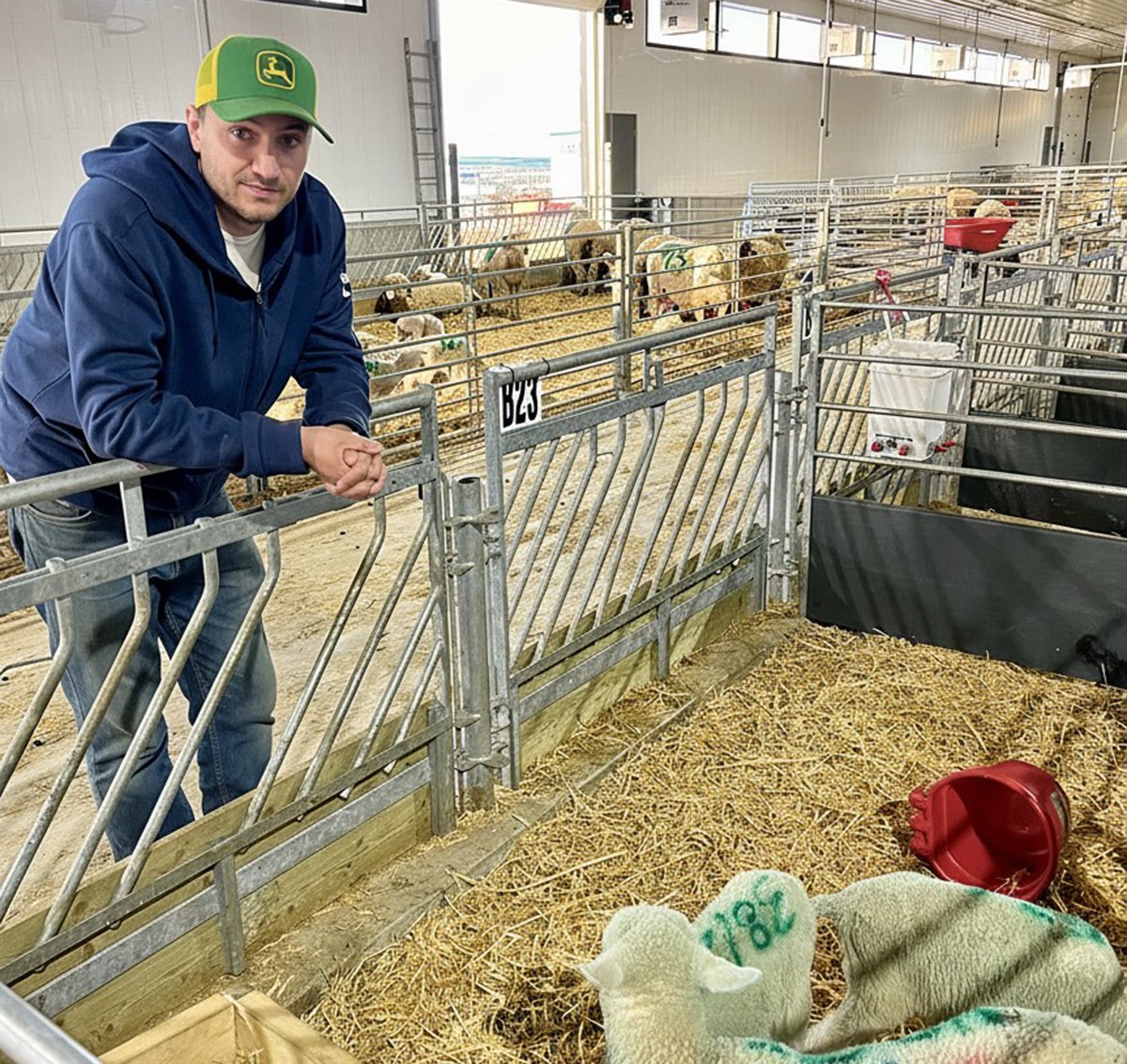Dairy goat farmer Dirk Boogerd believes livestock traceability is part of being progressive.
The farmer from Embro, Ont., is one of many producers who are part of the Canadian National Goat Federation’s traceability and identification project.
“If you don’t know who’s who from who and you’re not using traceability, then you’re not progressing, in my eyes,” Boogerd said.
“Traceability is a huge factor in a goat industry as well as any other industry.”
The tag trial is designed to show what type of radio frequency identification is best for use on goats in Canada once traceability becomes a requirement under the Canadian Food Inspection Agency.
Read Also

Solar, sheep provide valuable farm diversification
Eric Steeves says raising sheep on forages grown under solar panels provided economic stability and perhaps even saved his family’s fifth generation southern Alberta grain farm.
“It’s going to be mandatory that we identify all goats that move in Canada, and so in order to find identifiers that actually work for goat producers, we have to conduct tag trials,” said federation president Beth Peers.
Ear tags, leg bands and tail tags will be tested in the trial.
Ear tags are usually used for traceability in livestock, but the La Mancha breed of goat has no ears.
In those cases, tail tags will be inserted into the goat’s tail webbing.
“There’s a web in the tail between the tail itself and kind of the muscle, so by saying tale web it’s sort of like what would be the web be-tween your thumb and your first finger,” said Lorraine Stevenson-Hall, traceability trial manager for the federation.
Tail tag placement can be tricky because producers have to ensure the tag doesn’t hit muscle. A tag too near the edge of the webbing is also flawed. In both situations, the tag can work its way loose and fall off.
Producers who sign up for the trial will receive a brochure about tagging, along with information on the protocol they are expected to follow.
They can choose the type of tag they wish to test and must follow the manufacturer’s requirements for application.
“For the goats that we’re tail tagging, we’re having a CNGF representative on farm at the time of tail tagging and (they are) going to either do it (themselves) or supervise the tail tagging,” Stevenson-Hall said.
The trial’s first round will begin in November and last six months. Another round will begin in January and last another six months. Stevenson-Hall said the two trials will ensure the collection of data from animals in all types of weather and pasture conditions.
The federation is looking for information on RFID tag retention, readability and infection levels.
Participating producers will be required to record date of tagging, ease of application, ear or tail damage related to the tags and lost or missing tags.
They are not required to tag all their goats and can choose how many to have in the trial.
“We want to collect data from tagging newborns, but we also want to collect data from adult goats as well,” Stevenson-Hall said.
“We do have quite a number of producers who are already signed up that want to trial different tags and we’re still working on getting more producers, but interest has been pretty good.”
The federation plans to double up RFID tags on goats, so it will require fewer animals in the trial. However, it hopes to test 5,400 goats.
Those interested in the trial can email Stevenson-Hall at stevensonlorraine@hotmail.com or Susan Barker at susanpbarker@shaw.ca.















